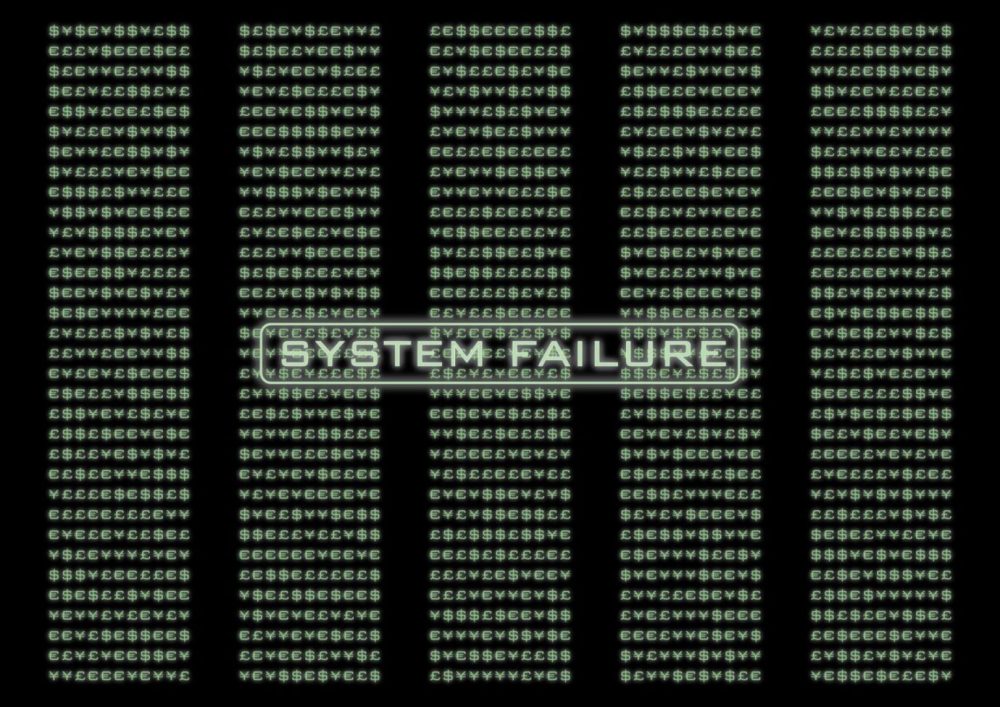7 out of 10 Salvadorans want to repeal the new Bitcoin (BTC) law
Seven out of every ten Salvadoran citizens want their political representatives to repeal the newly instated Bitcoin law because they do not believe Bitcoin will solve the country’s financial problems. This is a finding of the latest survey from the University Institute of Public Opinion, which presented the results of its massive, state-wide survey on September 2nd. The global crypto community has widely celebrated El Salvador’s newly introduced law, and yet it lacks support among the people it actually applies to. The law declares Bitcoin legal tender in the country and many industry proponents believe President Nayib Bukele’s law will create a precedent that will push other countries to adopt cryptocurrencies as legal means of payment. The Institute of Public Opinion is a non-profit organization from the José Simeón Cañas Central American University. It published the results of its state-wide survey early last week.
Analyzing some of the worst struggles which Salvadorans feel, the survey revealed that 45% of the people believed the two biggest problems in El Salvador are poverty and unemployment. More telling, it found that 67.7% of respondents said that they didn’t believe their situation would be improved by raising the minimum wage. Salvadorans gave President Nayib Bukele a 7.64 rating, the lowest ever recorded for the 40-year-old since he was elected in 2019. This lack of support for Bukele is thought to have incurred the public’s disapproval for the upcoming Bitcoin law, as well. It goes further than that, and according to the survey, fully seven out of every ten citizens believe that the Bitcoin law should be repelled. Interestingly, only 20% of the people stated that they didn’t trust Bitcoin. Andreu Oliva, the University’s rector, stated that he believed the survey revealed that the population was quite misinformed about Bitcoin and the upcoming law. He believes it is just this misinformation that fueled the recent protests in the country’s capital. He concluded, however, that the country’s massive efforts to bring Bitcoin closer to the masses has great potential to counter the rising anti-crypto sentiment.
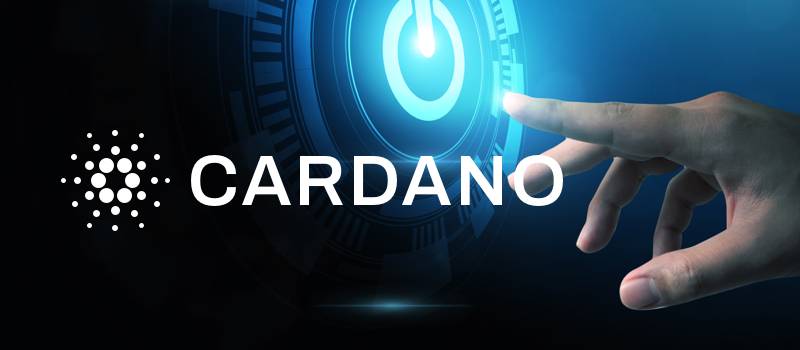
IOHK shuts down Cardano FUD after ‘1 transaction per block’ criticism
Just when Cardano smart contracts are readying for rollout, deep into the testnet phase, a “quirk” emerged in its eUTxO model which may lead to issues of concurrency. Just what does this mean? eUTxO stands for extended unspent transaction output, and these are the systems which comprise the asset, smart contract, and additional on-chain data relevant to the smart contract. When eUTxOs are created, they have the option to have smart contracts attached to them, and so this model is based entirely on individual transactions grouped in blocks. What this means is that every time you wish to update data held by a dApp (inside of a UTXO), you must spend the original UTXO (thereby destroying it) and create a new UTXO at the same address & holding the same assets. This operates differently from the accounting (or balance) model used by Ethereum, where assets are represented as balances within accounts that are quite similar to bank accounts. In the computing industry, concurrency refers to the ability of a smart contract to handle requests from multiple different agents at the same time.
A recent article by OccamFi points out that some Plutus developers are concerned that the eUTXO system employed by Cardano will enable only one agent to interact with the SC at a time. This would then create a concurrency bottleneck. “Where developers are currently running into a problem is with only one agent being allowed to consume the UTXO and thus the SC at a time, creating this so-called “Concurrency” issue.” This becomes problematic as in the case of operating a decentralized exchange (DEX), where multiple users require access to a contract address at the same time. Cardano responded to what could just be the latest FUD to come its way. Developers Input Output Hong Kong (IOHK) dismissed this concern as a non-issue, and explaining the situation, they posted a tweet thread which defended their eUTxO model. In that thread, they said, “The specific flavor #Cardano uses is the eUTxO – or extended model which we believe offers greater security, allows for fee predictability (no nasty surprises…) and offers more powerful parallelization.” Specifically, they say their eUTxO system is not bottlenecked if developers employ multiple UTXOs, which they say works to “enforce” parallelism. “And to be clear, dapps are NOT limited to 1 transaction per block. By designing your service or application with multiple UTxOs, you can enforce more parallelism. This is inherent and – we believe – one of the advantages to eUTxO design as we have implemented it in #Plutus.” Up-and-coming Cardano DEX SundaeSwap set the record straight by saying the concurrency problem only affects protocols that allow multiple people access to the same UTxO. But Cardano is capable of running multiple UTxOs, which nullifies the issue.
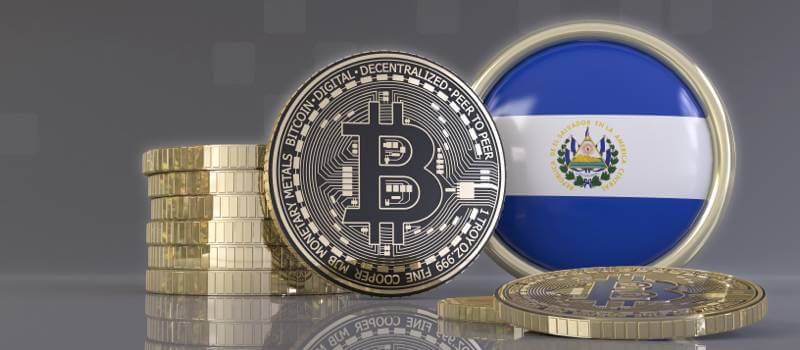
El Salvador creates history after buying 400 Bitcoin (BTC)
El Salvador’s President Nayib Bukele revealed that the Central American country successfully purchased 200 units of Bitcoin in a tweet last Monday. With that purchase, El Salvador became the first government in the world to invest in the crypto space. The president hinted that this would be the first of many purchases since the country’s “brokers will be buying a lot more as the deadline approaches.” In fact, later in the day, Bukele revealed that the country went ahead and bought more Bitcoin, taking its total holdings to 400 units of BTC. El Salvador is expected to officially legalize the use of Bitcoin on September 7th, after it became the first country to recognize the coin as a legal tender earlier in the year. Throughout the year, President Bukele has constantly reiterated his belief that the asset would make remittance to the country easier, faster, and cheaper. At the same time, he expounded the opinion that the Bitcoin Law, which recognizes the cryptocurrency as legal tender, will do a lot of good for the country’s economy and society.
The Central American country has faced some level of backlash from the World Bank and International Monetary Fund who say that adopting BTC could have an overall negative impact. While many crypto enthusiasts have welcomed the decision as a sign of what the future holds for the industry, El Salvador itself has faced hostile reactions. Recently, the country has witnessed some level of opposition from locals who highlighted the issue of volatility attached to the asset and worried over its use by criminals. There are indications that the country could have made the purchase itself by utilizing the $150 million fund it had set aside for the adoption of BTC as a legal tender. Some believe the purchase at the start of last week could be geared towards the government’s plan of giving each citizen of the country $30 worth of the asset. In reaction to the news, the value of BTC briefly climbed to as high as $52,853.
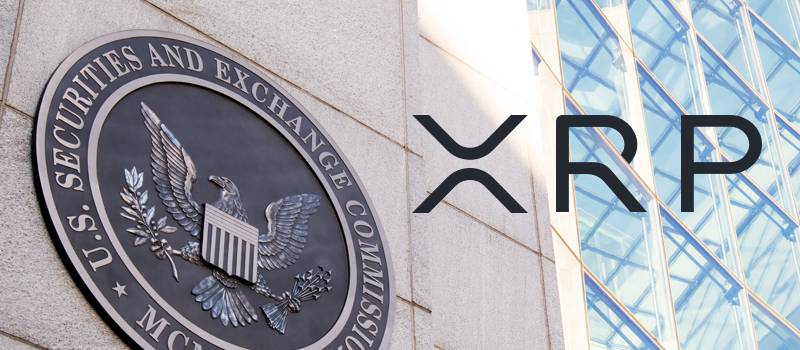
SEC refuses Ripple’s request to disclose employees’ XRP, BTC holdings
The U.S. Securities and Exchange Commission (SEC) has refused to provide any documentation regarding the XRP holdings of its employees. Similarly, it will not disclose any of its own documentation regarding “trading preclearance decisions” for XRP, BTC, and ETH. Ripple requested the information as part of its ongoing trial with the SEC and hoped to obtain the records in order to determine policies around trading “governing digital assets.” Pascale Guerrier, the Trial Attorney at the SEC’s Division of Enforcement, said that Ripple’s requests “falls well below the low bar of relevance” in the Commission’s case against the company. Oh, really? He then called the motion “an unjustified intrusion” into the private financial affairs of SEC employees. Ripple filed the original motion on August 27th in order to understand SEC’s trading policies when it came to digital assets and whether the regulator allowed its employees to trade XRP. The company was hoping to use the information as part of its defense by claiming that if SEC and its employees behaved in a way that suggests XRP wasn’t a security, there was no way for Ripple to know whether it should classify the token as one.
Ripple held three separate meetings with the SEC during the summer to discuss this very issue, but had no success in any of them, according to the latest motion. Each time, the Commission refused to provide any details about its employees’ XRP holdings, even with redactions of personal information or in aggregate form. In June, the court granted Ripple’s motion to compel the SEC to produce this very documentation, but the Commission only provided a policy from January 2018, called the “Ethics Guidance Regarding Digital Assets,” which showed that the SEC hadn’t restricted its staff from trading cryptocurrencies until January 2018. Ripple believes that the policy is consistent with its view that the SEC itself didn’t see digital assets as securities, and so there was no basis for its accusations that Ripple was selling unregistered securities in the form of XRP. With the SEC’s lawsuit against Ripple going as far back as 2013, the company believes it has very good grounds for dismissal. Ripple CEO Brad Garlingoise fired back at the SEC two weeks ago, blasting its handling of the XRP case. “This has been clear from the start — the SEC’s lawsuit isn’t just about Ripple, it’s about what ‘impossible standards of fair notice and due process’ through regulation by enforcement can do to crypto innovation.”

Pantera Capital’s Crypto Fund Has Raised $369M Since July
Pantera has raised $369 million for its new blockchain fund, partially restocking a war chest for bets across the crypto ecosystem. The crypto investments firm had $4.7 billion in assets under management in August, new filings show. Disclosed on Friday the week prior, regulatory filings amassed from 107 investors, puts Pantera well short of a $600 million target projected in early May. Pantera began taking investments in July but is leaving the fund open “indefinitely,” which means it could get there eventually. According to the investor deck, the blockchain fund is meant to be Pantera’s omnibus crypto investment vehicle which it will deploy into startup equity, early stage protocol tokens, and more well-known digital assets, such as Bitcoin. Pantera held $4.7 billion in assets under management on Aug. 31, according to the deck, and its new capital comes as other venture capital (VC) titans announce major funds for crypto investments. One of the top among them is Andreessen Horowitz’s (a16z) $2.2 billion fund that was announced in June.
Pantera did not reply to requests for comment at this time, but overall, it has been a banner year for crypto investments from the VC sector. A report by CB Insights in July said a record $4 billion in venture capital had been poured into crypto startups in the second quarter of 2021 alone.
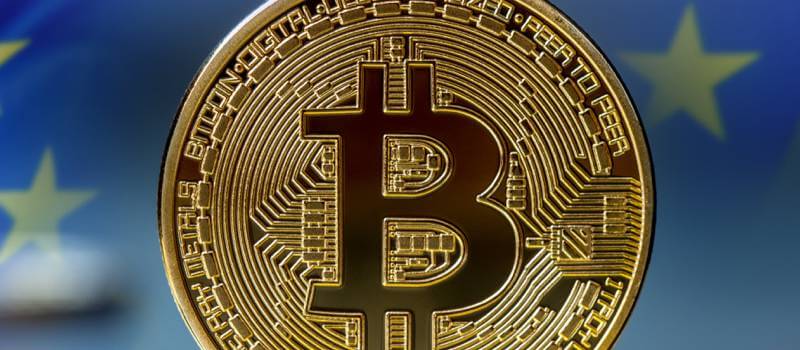
European finance regulator calls crypto ‘volatile’ but innovative
Crypto assets and distributed ledger technology (DLT) topped the European Securities and Markets Authority’s (ESMA) 2021 financial innovation scoreboard, according to a new report on financial trends and risks published by the institution. The 110-page report, entitled “Trends, Risks and Vulnerabilities,” treated cryptocurrency as a trending financial innovation, but also as a threat to sustainable finance (due to its “soaring” environmental cost, particularly in relation to crypto mining). The report suggested that crypto asset volatility, along with the rise of decentralized finance (DeFi), central bank digital currencies (CBDC) and stablecoins, are contributing to increasing risk across all asset classes. “Most crypto assets (CAs) are highly volatile in price and operate outside of the existing EU regulatory framework, which raises investor protection issues,” the report said. ESMA is an independent European Union (EU) authority whose mission is to improve investor protection while promoting stable and orderly financial markets. In their report, they used a scoreboard to prioritize financial innovations that require deeper analysis and potential policy responses, and then ranked them based on how they relate to ESMA objectives.
The ESMA report was released just as EU regulators began gearing up for the implementation of all-encompassing cryptocurrency regulations, new anti-money laundering (AML) rules and tax reporting requirements for virtual asset service providers and investors. Additionally, the European Central Bank (ECB) will soon begin a two-year investigation into a digital euro in October. The report blamed a rise in risk-taking behavior and market exuberance for increasing volatility in equity markets. The report stated that “increased [risk-taking] behavior has led to volatility in equity (e.g., GameStop-related market movements) and crypto asset markets, as well as to the materialization of event-driven risks such as in the case of Archegos or Greensill,” which was in reference to the recent falls of the New York investment giant Archegos and the London-based lender Greensill Capital. “Going forward, we expect to continue to see a prolonged period of risk to institutional and retail investors of further – possibly significant – market corrections and see very high risks across the whole of the ESMA remit,” the report further stated. It then cautioned against the risks surrounding crypto assets, adding that the crypto market capitalization fell by almost 40% in May.

Bitcoin stalls at support, resistance at $50k – Ether holds support
Upside momentum slowed into the weekend, and Bitcoin (BTC) was roughly flat over the final days of last week, settling near the $46,000 support level. Upside appeared to be limited towards the $50,000 resistance, however, the sell-off was stabilizing, leaving BTC down about 7% last week. Buyers will need to defend support above the $42,000 breakout level to resume the relief rally from July. The relative strength index (RSI) on the daily chart continues to decline from overbought levels over the past month, and the current neutral reading on the RSI is similar to June and July, which occurred during a consolidation phase. Resistance remains strong between $50,000 and $55,000, and the nearly 70% price rally from $30,000 in July appears to be exhausted.
Cryptocurrencies were mostly lower on Friday after a volatile week, and many alternative coins in the CoinDesk 20 underperformed Bitcoin over the past seven days. Some analysts expect BTC to consolidate with support nearby at the 200-day moving average. FundStrat, a global advisory firm, wrote in a newsletter published last Wednesday, that “[Last] Tuesday’s liquidations were possibly exacerbated by the leverage embedded in the Ethereum market and the wider altcoin universe. The macro and on-chain (blockchain) pictures remain consistent, and therefore we believe these mid-cycle liquidations are good opportunities to consolidate positions.” Analysts and traders are also monitoring regulatory risk, which could work to dampen sentiment in the crypto market.
Meantime, Ethereum, the world’s second-largest cryptocurrency by market capitalization, is holding support above the $3,000 breakout level that was achieved in August. ETH had declined from the $4,000 resistance level because buyers were unable to match the all-time price high around $4,360 reached in May. For now, ETH appears to be oversold on the short-term charts, and will likely consolidate further. Analysts are also monitoring price levels where future liquidations might occur. Luke Posey, researcher at Glassnode, wrote in a blog post, “We can view the updated positioning of where liquidation thresholds exist and how traders have repositioned themselves post-crash. We see that the next round of significant liquidations don’t start until the ETH $2,600 level.”
The post Digital Asset Insights #32 appeared first on JP Fund Services.


































